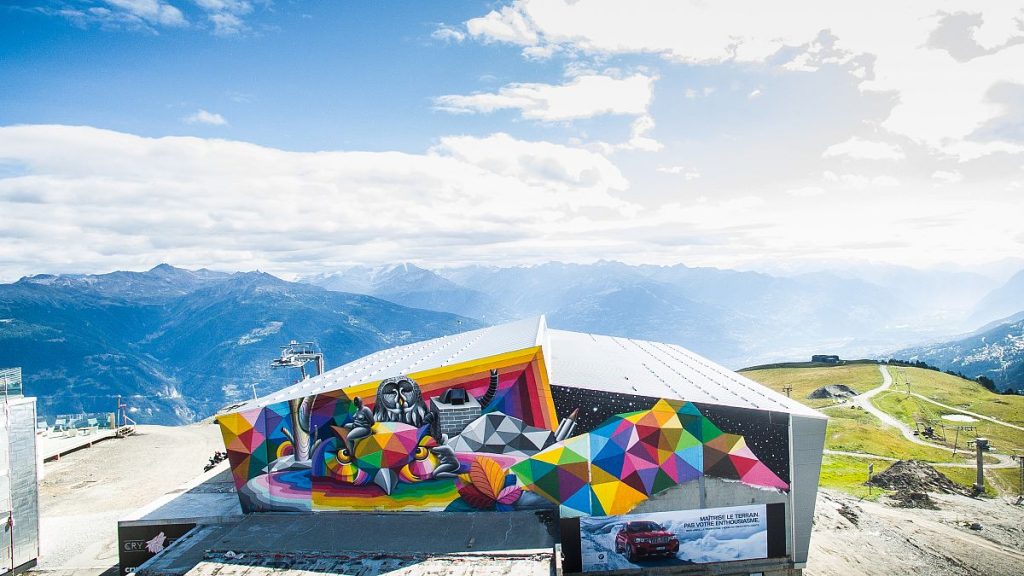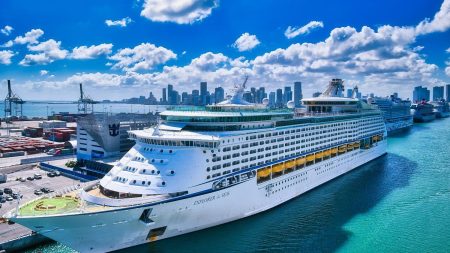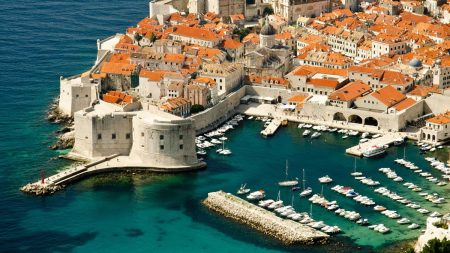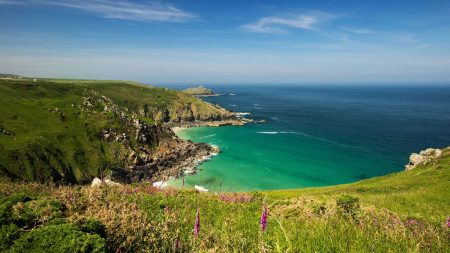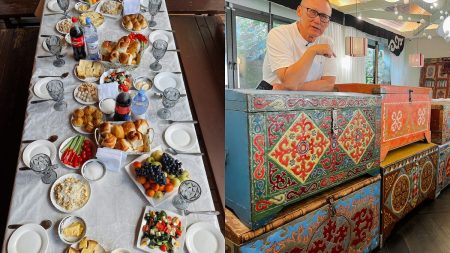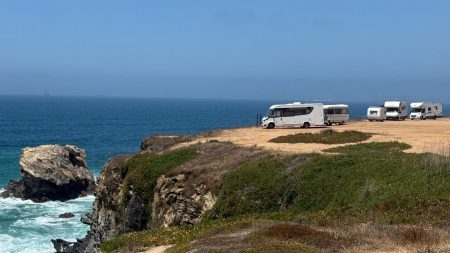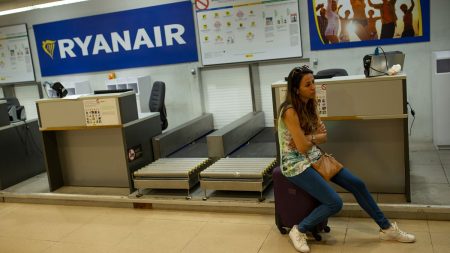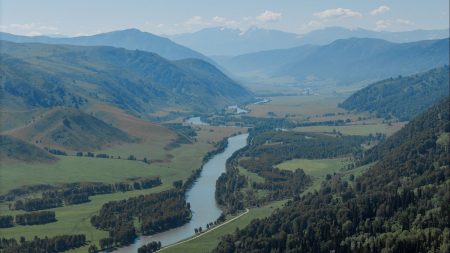The Swiss alpine resort town of Crans-Montana, nestled in the Valais Alps, has transformed itself into an open-air art gallery, attracting visitors year-round. What began as a simple observation by art dealer and local resident Gregory Pages – the jarring juxtaposition of a Brutalist concrete lift station against the stunning backdrop of snow-capped peaks – has blossomed into the Vision Art Festival (VAF), a vibrant celebration of urban art that has dramatically reshaped the town’s aesthetic and cultural identity. Pages, struck by the incongruity of the imposing concrete structure amidst the natural beauty, envisioned a way to harmonize the built environment with the surrounding landscape through the transformative power of art. This sparked the idea for the VAF, which has since become a major annual event.
Since its inception in 2015, VAF has grown exponentially, attracting over 160 artists from across the globe and resulting in a collection of over 200 murals adorning walls, buildings, and even mountain slopes. This ambitious project has transformed Crans-Montana into a dynamic exhibition space where art interacts with the natural environment, creating a unique and engaging experience for visitors. From internationally renowned street artists to emerging local talents, VAF offers a diverse range of styles and perspectives, ensuring that the art reflects the global nature of the project while remaining deeply connected to the local context. The logistical challenges of creating art at high altitudes, sometimes requiring an hour’s hike from the nearest road, add another layer of complexity and adventure to the project.
The art itself is as diverse as the artists, ranging from massive murals of local wildlife like the Valais snow lynx, painted by Chinese artist Nut, to whimsical cartoon characters adorning the Arnouva cable car station, designed to engage the youngest visitors. The pieces incorporate various mediums, including stencils, collages, ceramic tiles, and even 3D elements, creating a rich tapestry of artistic expression that spans the town and extends into the surrounding mountains. The art is not confined to traditional canvases; it interacts with the environment, transforming everyday spaces like car parks and cable car stations into vibrant artistic hubs. The careful placement of the artwork ensures that it resonates with the surrounding environment, creating a dialogue between nature and human creativity.
The project’s success is not solely measured by the number of artworks or participating artists, but also by its impact on the local community. Initially, Pages faced the challenge of introducing modern art into a community known for its traditional values. However, the project has been met with overwhelming enthusiasm, particularly from the younger generations. A heartwarming anecdote recounts an older resident choosing a longer route to dispose of her trash simply to admire the lynx mural each time, illustrating the profound impact the art has had on the community. The project fosters a sense of ownership and pride among residents, who have embraced the transformation of their town into a living art gallery.
The VAF’s commitment to community engagement extends beyond mere spectatorship. In 2022, a collaborative project involving local schools allowed nearly 1,000 children to participate in the creation of new artworks under the guidance of professional artists. This innovative approach not only nurtured the children’s creativity but also fostered a deeper appreciation for art within the community. The project’s success lies not just in the art itself but in its ability to connect with people of all ages and backgrounds, creating a shared cultural experience. This community involvement ensures the festival’s longevity and its continued relevance to the town’s identity.
One piece particularly resonates with Pages, a work by Geneva-based artist Serval, inspired by an early 20th-century painting of Lac de Montana by Swiss artist Ferdinand Hodler. Serval incorporated his signature tag into a reinterpretation of Hodler’s work, creating a bridge between traditional art and contemporary street art. This piece sparked a conversation with a long-time cable car employee who recognized the connection to Hodler, demonstrating the power of art to transcend generations and connect individuals with their cultural heritage. The anecdote highlights the unexpected connections and conversations that public art can spark, fostering a deeper understanding and appreciation for both historical and contemporary artistic expressions. The Vision Art Festival has not only transformed the physical landscape of Crans-Montana but also its cultural fabric, creating a vibrant and engaging environment for both residents and visitors.




